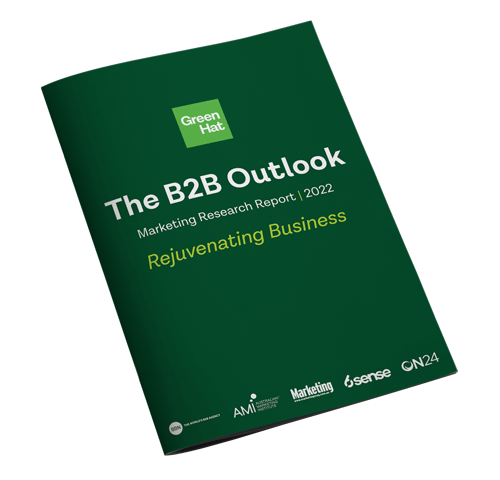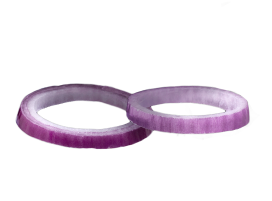rethink b2b.
We deliver B2B marketing breakthroughs that transform the way you engage and convert customers.
At Green Hat, we know quantum leaps don’t come easily. It’s born from over two decades of challenging ourselves and our clients to think differently. Everything we do starts with strategy that pushes the boundaries of B2B, balancing short and long-term growth.
We don’t have all the answers. Our clients don’t either. But when we rethink what can be achieved, we make the impossible possible.
Our Amazing Clients.
Magic happens when we put our thinking caps on.
What you see here are the results we’ve delivered for our clients. What you don’t see is the passion, the commitment, the hours, the smarts, and the drive for excellence.
Sometimes, what you don’t see is what you get.
B2B Marketing with the lot.
As a full service agency, we’ve got you covered. Whether you’re looking for specific disciplines or the lot with garlic sauce and extra cheese, we can do it.
We’ll partner with you to make sure each service works seamlessly together to drive long-term growth and achieve short-term goals.

Our B2B Marketing Outlook report goes global.
Have you ever wondered what 500 of the top B2B organisations around the world think about B2B marketing? Well, we have. And not only that - we asked them.
Their answers helped us produce The B2B Outlook Research Report, an in-depth look at the current state of B2B marketing and where it’s going.

We promise not to spam you. We don’t like that either.
.png)

-1.png)

.png)


%20(1).png)
.png)









